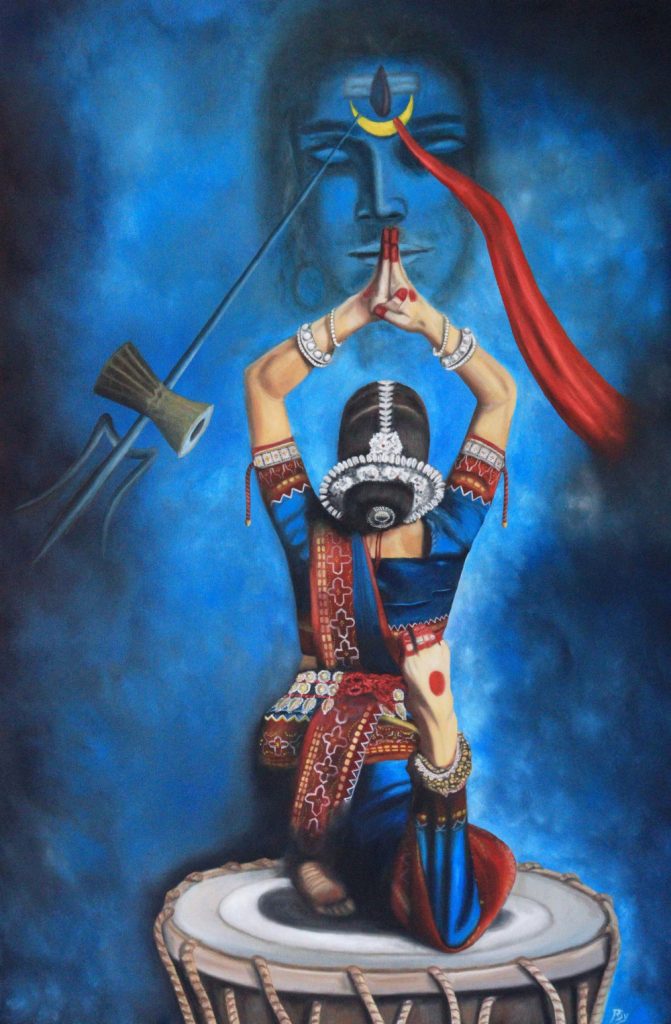Ok, everyone has their lazy days.
I mean everyone – even the productivity pundits have days when they just don’t feel like doing much.
If it comes on the weekend, great. If mid-week, well, a lot of guilt accompanies the laziness.
And even more so when this work-from-home thing is on…because now, you can be lazy and no one is around to check!
Is being lazy that bad?
Yes, if you are lazy ALL the time.
But some of us feel bad even if we are lazy one odd day. We feel that we are wasting time, or not putting time to good use.
A culture of being busy 24/7 – this is what we have imposed upon our selves. And now, on our kids as well.
Put them in swimming classes, football classes, karate classes (ok, karate should be fine!), and a dozen other classes, apart from the extra tuition that has become the norm, and not the exception.
We grown-ups take efficiency and productivity lessons, learn how to multi-task (as if there was such a thing), and put every single minute of ours to ‘good use’.
WHY?
Stop structuring your day to a point when it becomes unbearable. Sometimes, its ok not to know what to do. Sometimes, it is ok to do nothing at all.
In fact, this ‘not doing anything at all’ is tougher than you think.
Don’t believe me? Read on about amāni bhāva – the bliss of no-mind. At the end of it, you will feel better about yourself. Guaranteed!
See you tomorrow…
The no-mind exercise has a simple procedure – DON’T DO ANYTHING FOR 10 MINUTES.
You may think that this is the easiest exercise of the lot. It isn’t. On the contrary, it is the most difficult exercise for beginners, and even intermediate seekers.
A few things to note:
- All electronic devices should be on mute, with no notifications, during the duration of the exercise. Keep them in a different room.
- This exercise is ideally done in the evening, around sunset, but can also be performed anytime during the day. Just ensure that there is daylight.
- The choice of venue is critical. Ideally, a chair next to a window, that has an unrestricted view to the outer world. Can also done done on a park bench, in a non-crowded area.
- Breathe through your nose at all times – relaxed, natural breath. Don’t try to slow it down deliberately.
How you do it
Choose a venue as above. Avoid busy scenes, such as a view of the main road, or scenes of hustle and bustle. A park is a good venue, but not at a time when there are too many people around you. If you do not have access to a park, then a chair on the balcony, or next to an open window (without bars) would also work.
Sit in a comfortable position. Keep your back straight, but don’t force it. Breathe naturally.
Now, don’t do anything for the next ten minutes.
By not do anything, I mean not only (obviously) no phone time, but no thoughts as well. If thoughts come along, let them pass, much like waiting at a bus stop and watching a bus pass by. It may stop, but don’t board this bus.
Don’t observe what is happening around you, don’t involve your senses, just be.

You may hear sounds, you may see sights, you may smell – but try as much as possible not to get involved. Don’t think of what happened during the day, or what you will do once you are through with this exercise. Don’t even think of how this exercise is going, since that would get you involved again.
Once the ten minutes is over (you can set a soft alarm, not too loud), close your eyes, join your hands together in Anjali Mudra (namaste), and feel thankful for all the blessings in your life. Genuinely thankful. Open your eyes.
Amani Bhava – the concept of no-mind
You may have heard of the Zen concept of no-mind. The term no-mind is shortened from Mushin no shin (無心の心), a Zen expression meaning the mind without mind and is also referred to as the state of “no–mindness“. Widely used in the context of martial arts, it denotes the state of mind when you don’t have to think and judge your next move – it happens instinctively. In Kyokushin Karate, during a Kumite or combat, a knockdown happens not when you see an opening, and think of what kick to unleash – it happens when there is an opening and your roundhouse kick lands on the opponent – a subconscious move – through instinct. Much like the gut-feeling that I spoke about earlier – you don’t know where it came from, but it was always there – through your years and years of training.
In the context of meditation, this Zen concept has been influenced by amani bhava, as described by Sri Gaudapadacharya, the author of the Mandukya Upanishad Karikas.

Man – is mind, aman – is no mind, bhava – feeling. The feeling of no-mind, a thoughtless mind – the ultimate calm.
Our minds are constantly working – and recent developments in technology have aggravated this situation. We are always thinking, always ding, always trying to fill up even bit of our time.
When at work, we have two-three screens open, multiple tabs on our browsers, multiple devices screaming notifications – all leading to a sensory overload.
Coupled with our incessant thoughts – why did my boss act so nasty in the morning meeting, I need to complete this report and I don’t have time, what’s for lunch, I have to plan the upcoming vacation..in between, checking Twitter and venting on the news you just saw, replying to a WhatsApp message from your wife, checking the new photo your kid put up on Insta and making a mental note to speak to her about it when you are back home…its doesn’t take much to understand how this all leads to stress and anxiety.
Think of you in a room, running from one corner to another, again and again, while you are trying to sit on a chair in the middle of this room, and thread a needle.
Yes, that is what it is like. Your brain is very capable, but you are working against it, and expect it to perform better each day. Not possible.
The amani-bhava exercise will help you practice the art of no-mind. Of just being, without burdening yourself to keep doing something. The Dutch call it Niksen – the art of doing nothing.
It is very difficult to remain calm and not do anything even for a couple of minutes, this exercise is five-times that. But you will get there with practice. And no, you wouldn’t be wasting time. I have found my productivity multiply, but practising this everyday. More work, more focus, and less stress. And the best part is – YOU HAVE TO DO NOTHING!
अस्पर्शयोगो वै नाम सर्वसत्त्वसुखो हितः ।
अविवादोऽविरुद्धश्च देशितस्तं नमाम्यहम् ॥ २ ॥
asparśayogo vai nāma sarvasattvasukho hitaḥ |
avivādo’viruddhaśca deśitastaṃ namāmyaham || 2 ||
I salute this Yoga known as the Asparśa (i.e., free from all touch which implies duality), taught through the scripture,—the Yoga which promotes the happiness of all beings and conduces to the well-being of all and which is free from strife and contradictions.
Mandukya Karika
The mind in alert state is a mind at meditation. The mind at meditation is no longer a thinking, projecting, conditioned mind. Where the mind has thus dissolved itself, bhava( existence/awareness) alone is. This experience is called amani bhava (the no-mind state) – it is Brahman.
Mani bhava is samsara (mind-filled). You and I (as duality) are nothing but the mind. As long as we are identified with the mind, we are far, far away from the Reality of One without a second. The moment· you forget the mind (no mind), you are That (Tat Tvam Asi).
इह शारीपत्र रुपम् शून्यता शून्यतैव रुपम्
रूपान ना पृथक शून्यता शून्यताया ना पृथग रुपम
iha śāriputra rūpaṃ śūnyatā śūnyataiva rūpaṃ rūpān na pṛthak śūnyatā śūnyatāyā na pṛthag rūpam
“Form is emptiness; emptiness is form. Form is not different than emptiness; emptiness is not different than form.”
Prajñāpāramitāhṛdaya, also known as the Heart Sutra in Buddhism
